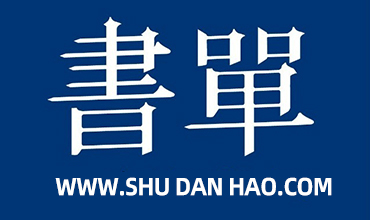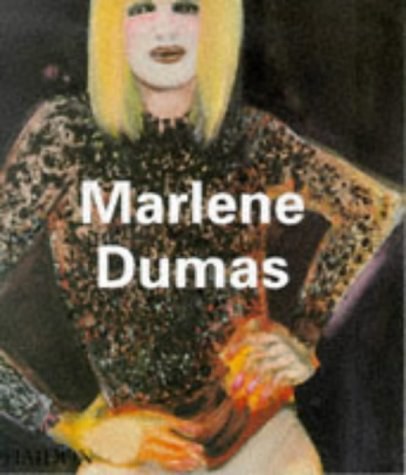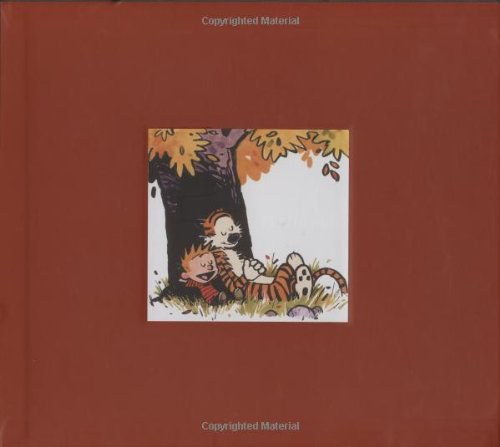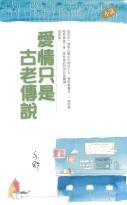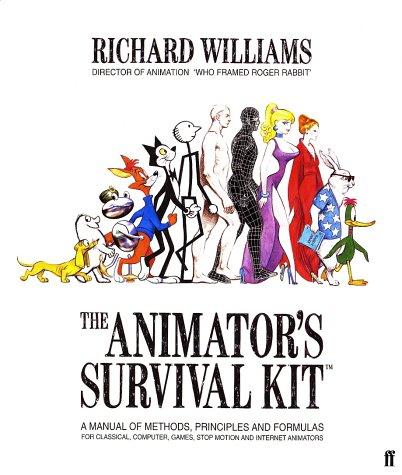
Andrea S·Goldman《Opera and the City》
书刊介绍
内容简介
In late imperial China, opera transmitted ideas across the social hierarchy about the self, family, society, and politics. Beijing attracted a diverse array of opera genres and audiences and, by extension, served as a hub for the diffusion of cultural values.
It is in this context that historian Andrea S. Goldman harnesses opera as a lens through which to examine urban cultural history. Her meticulous yet playful account takes up the multiplicity of opera types that proliferated at the time, exploring them as contested sites through which the Qing court and commercial playhouses negotiated influence and control over the social and moral order. Opera performance blurred lines between public and private life, and offered a stage on which to act out gender and class transgressions. This work illuminates how the state and various urban constituencies manipulated opera to their own ends, and sheds light on empire-wide transformations underway at the time.
作品目录
contents
list of illustrations
reign periods of the ming and qing dynasties
overture
part one audience and actors
1 opera aficionados and guides to boy actresses
the texts
the connoisseurs
the Lao Dou and other patrons
conclusion
part two venues and genres
2 metropolitan operas, border crossing and the state
the playhouse
the temple fair
the salon
conclusion
3 musical gentre, opera hierachy and court patronage
Yabu and Huabu
court patronage and regulation to circa 1860
genre delineation and the opera marketplace
court patronage and regulation after 1860
conclusion
part three social melodrama and the sexing of political complaint
the garden of Turquoise and Jade and its sources
garden and the ethics of early Qing
Suzhou playwright
garden on the commercial stage
conclusion
5 s*ex versus violence in "I, sister in law" operas
the stories
from page to stage
Kunju performances in context
eighteenth century court appropriation of "I, sister in law" operas
violence and the reinstantiation of moral order in the Pihuang tradition
conclusion
CODA
APPENDICES
LIST OF CHARACTERS
NOTES
BIBLIOGRAPHY
INDEX
相关推荐
-

中国藏地考古-(全十册)
中国藏地考古-(全十册) 本书特色 ★ 8开精装,总达600万字,总重13公斤,天地出版社出版★ 一部较为全面系统的、汇集藏地考古相关文献以及研究文集的大型图书...
-

魏晋南北朝史丛稿
魏晋南北朝史丛稿 本书特色 《魏晋南北朝史丛稿》:“211工程”三期建设项目成果,武汉大学基础学科振兴行动计划资助出版。魏晋南北朝史丛稿 内容简介 本书主要内容...
-

大明十五疑案
大明十五疑案 本书特色 云奇身分内使,居西华门,离胡宅非常近,既然知道胡惟庸谋逆,为何不先期告发,一定要事迫眉睫时,才拦驾告发?况且如果胡惟庸真要谋反,也是秘密...
-

记住自己是常人:孟子的智慧
《记住自己是常人:孟子的智慧》内容简介:《孟子》一书七篇,是战国时期孟子的言论汇编,记录了孟子与其他诸家思想的争辩,对弟子
-

孟森政法著译辑刊(全三册)
孟森政法著译辑刊(全三册) 本书特色 孟森先生的清史研究成果,主要在於对清先世源流考定、满洲名称考辨、八旗制度考实、雍正继统考证、清初史事人物考辨等,对明清史的...
-

器物学与艺术史
器物学与艺术史 本书特色 适读人群 :广大读者本书为《民国学术的知识谱系》丛书第三册,收录了7篇历史学、器物学与艺术史方面的研究论文,作者均为史学界、考古学界、...
-

中国古代历史地理概论
中国古代历史地理概论 内容简介 该选题是一部古代中国历史地理研究的专著。依据相关史料系统论述了中国古代历史地理的概况, 对中国古代主要历史地理问题进行了详尽考证...
-

蟾宗
《蟾宗》内容简介:志怪奇才、人气画师渣熊首部新潮国风画集,将怪灵神兽、国风元素、风趣幽默相结合,用画笔构筑的一个奇妙世界!
-

辽史
辽史 本书特色 辽金文献残缺不全以及南宋末年传世典籍缺乏,给元朝修史造成极大困难。现存元修《辽史》共116卷,包括本纪30卷,志32卷,表8卷,列传45卷,此外...
-

武汉会战亲历记
武汉会战亲历记 本书特色 本书是原国民党将领关于抗日战争武汉会战之亲历记录。在上海沦陷、南京弃守之后,武汉实际上是当时全国政治、经济、军事的中心。中国人民要保卫...
-

法国大革命思想史
《法国大革命思想史》内容简介:在人类的思想史上,或许没有哪段时期比法国大革命时期更加炫目。然而,最近几十年来,研究法国大革
-

隋唐五代史
隋唐五代史 本书特色 国人缺乏的不是历史知识,而是历史观点,明确以大历史观为重的史学著作; 与陈寅恪、钱穆、陈垣并称“现代史学四大家”,吕思勉毕生功力所在,四大...
-

原来如此:1840-1949中国底本(插图珍藏版)
原来如此:1840-1949中国底本(插图珍藏版) 本书特色 通过历史事件片断和一些具有代表意义的话,来折射一段历史或一个人物,本书以短语的形式集韵味思想于一体...
-
![新编顾准读希腊史笔记-[顾准先生百岁华诞纪念版]](http://oss.shudanhao.com/caiji/zhongtu/2023/7050494.jpg)
新编顾准读希腊史笔记-[顾准先生百岁华诞纪念版]
新编顾准读希腊史笔记-[顾准先生百岁华诞纪念版] 本书特色 新编《顾准读希腊史笔记》由两部分组成,辑一是《希腊城邦制度》,辑二是两篇顾准与其胞弟陈敏之的通信,即...
-

吴震敦煌吐鲁番文书研究论集
吴震敦煌吐鲁番文书研究论集 本书特色 《吴震敦煌吐鲁番文书研究论集》是由上海古籍出版社出版的。吴震敦煌吐鲁番文书研究论集 内容简介 吴震先生是吐鲁番学研究领域著...
-

趣民国-在生活的细处观民国风月
趣民国-在生活的细处观民国风月 本书特色 《趣民国》用衣、食、住、行、娱、情,六个关键词,串起民国人的生活故事,在丰富前人的记述和珍贵的历史照片中发现蛛丝马迹,...
-

中国古代史
中国古代史 内容简介 本书主要内容包括:世界之初;地之各州人之各种;中国种族之原;古今世变之大概;历史之益;上古神话;包牺氏等。中国古代史 目录 叙**篇凡例第...
-

张寿祺集
张寿祺集 内容简介 本书集中作者生前学术文章多篇, 并且包含了作者部分精美书法作品内容, 对于系统的总结论述和回顾作者在中国人类学学科八十年代恢复过程中所做出的...
-
![[日] 刘建辉《魔都上海》](http://oss.shudanhao.com/caiji/chazidian/2023/23917.jpg)
[日] 刘建辉《魔都上海》
《上海史研究译丛》精选当今海外一流学者有关近现代上海史研究的经典之作,可读性和学术性兼具,并由国内专家翻译。海外学者以独
-

唐代御史制度与文人
唐代御史制度与文人 本书特色 霍志军编著的《唐代御史制度与文人(高等学校公选课教材)》力图从文、史、法等多学科的角度研究唐代御史与文学的关系,既清晰勾勒出了唐代...

